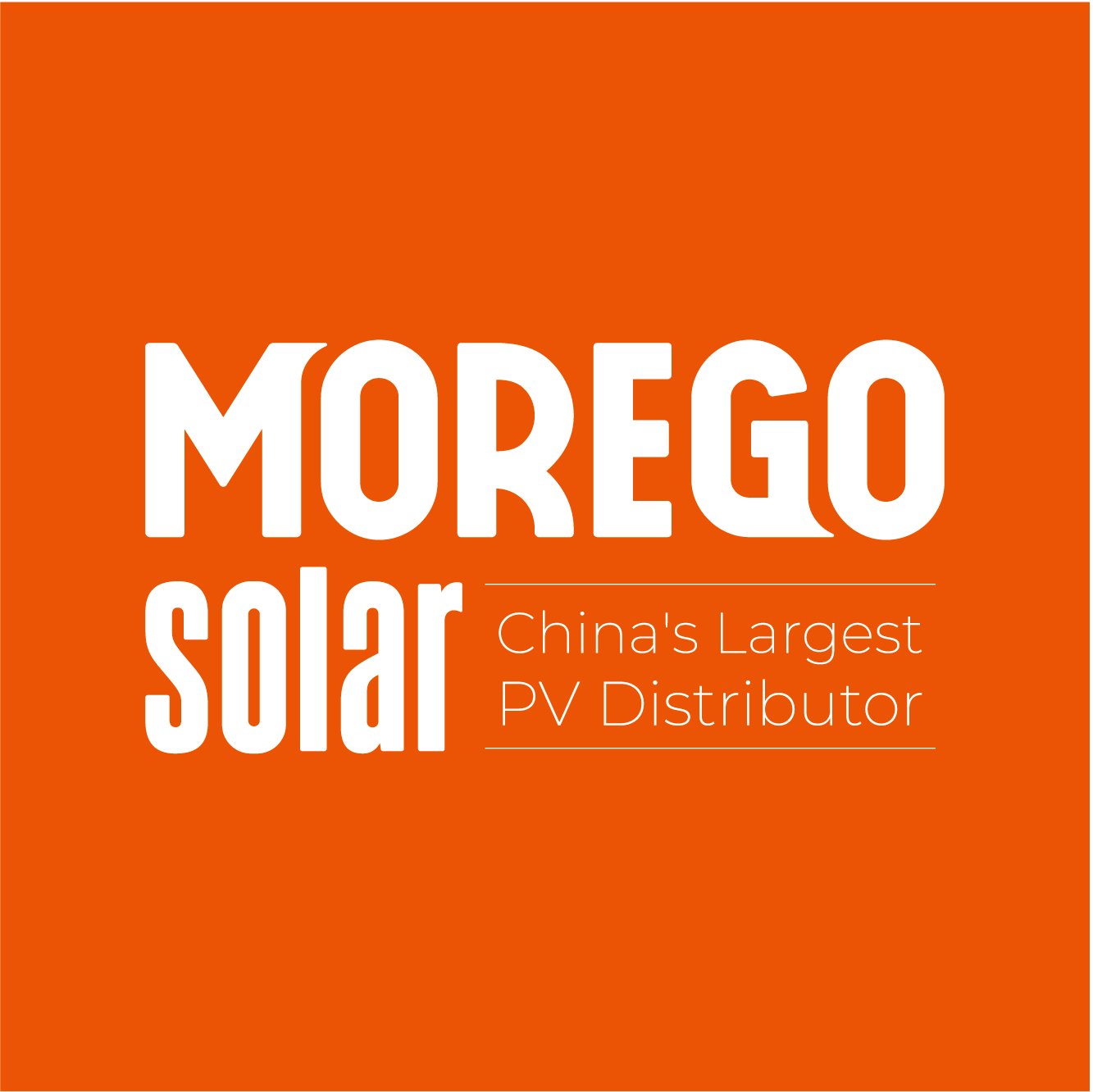At last week's World Future Energy Summit and Exhibition (WFES), companies carefully selected solar panels for display, all sharing a common feature: Big size!

Not only are these panels large in format, but they are also essentially the highest power panels from each company, ranging from 700W to 755W. The cell technologies used are primarily N-type TOPCon, with HJT and BC as supplements.
As is well known, the largest audience for this event held in Abu Dhabi, the capital of the United Arab Emirates in the Middle East, is inevitably Middle Eastern. And the most common project type in the Middle East market is large ground-mounted solar station, where higher power is naturally more popular.
From the exhibition, it is clear that the mainstream power range of solar panels in the Middle East generally falls into two categories: 550W-580W and 600W-670W. Most will choose double-sided, long-cable modules using N-type TOPCon technology.
Due to the multitude of countries in the Middle East region, there is no uniformity in brand selection. Well-known brands such as Canadian Solar, Jinko Solar, Longi, and Trina Solar are all options.
Therefore, the final decision criterion lies in the pricing offered by each company.
According to Bloomberg New Energy Finance data, in 2023, the Middle East and North Africa region saw nearly 8GW of new PV installations, with an expected increase to 12GW in 2024, a growth rate exceeding 50%. By 2025, new installations may further increase to nearly 14GW.
At the same time, from the perspective of policy incentives, in recent years, major countries such as Saudi Arabia, the UAE, and Egypt have successively proposed renewable energy development goals, carbon neutrality plans, and related support policies, including tax exemptions and subsidies. Taking Saudi Arabia as an example, the country plans to increase its PV installations to 58GW by 2030, which, if achieved, could make it one of the top five PV markets globally.
Unlike the solar market in Europe, which is dominated by residential installations, the Middle East region has a large demand for utility-scale projects, with significant price elasticity, posing a considerable challenge to suppliers' profit margins and supply capabilities.
Currently, the solar panel brands and models that account for approximately 70% of the Middle East market are as follows:

Disclaimer: The information, including but not limited to text, images, and audiovisual content, provided on this website is sourced from the internet and is intended for educational and informational purposes only. It does not constitute any investment advice. If there is any infringement, please contact us promptly, and we will remove it immediately.

